From Pablo Picasso’s early work period till his death, the Spanish artist produced about 147,800 pieces, consisting of 13,500 paintings, 100,000 prints and engravings, 300 sculptures and ceramicsCeramics, the art of creating objects from clay and other raw materials, is a practice that spans cultures and millennia. From ancient pottery to contemporary sculpture, ceramics have evolved in style, technique, and function, reflecting the diverse cultures and histories of civilizations worldwide. Historical Overview Ceramics have been a part of human civilization since prehistoric times, with each region developing More and 34,000 illustrations. While a large number of Picasso’s works have been crowned as masterpieces, such as “Les Demoiselles d’Avignon” which is said to have set Western abstract art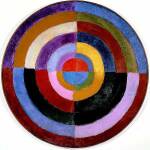 Abstract artworks diverge from depicting recognizable scenes or objects and instead use colors, forms, and lines to create compositions that exist independently of visual references from the natural world. This movement, which gained momentum in the early 20th century, was propelled by artists such as Wassily Kandinsky, Piet Mondrian, and Kazimir Malevich. These artists aimed to explore spiritual, emotional, and More in motion, Pablo Picasso’s “Guernica” (1937) stands alone in the artist’s prolific oeuvre. The monumental size of the paintingPainting is a fundamental form of visual art that has been practiced for thousands of years. It involves applying pigment to a surface such as canvas, paper, or a wall. Painting can be explored through various styles, techniques, and mediums, each offering unique possibilities for expression and creativity. Historical Background • Ancient Beginnings: The history of painting dates back to More with the larger-than-life figures immerses the viewer in an instant. Although size and figures reference the long tradition of historical European paintings, this paintingPainting is a fundamental form of visual art that has been practiced for thousands of years. It involves applying pigment to a surface such as canvas, paper, or a wall. Painting can be explored through various styles, techniques, and mediums, each offering unique possibilities for expression and creativity. Historical Background • Ancient Beginnings: The history of painting dates back to More challenges both in topic and style.
Abstract artworks diverge from depicting recognizable scenes or objects and instead use colors, forms, and lines to create compositions that exist independently of visual references from the natural world. This movement, which gained momentum in the early 20th century, was propelled by artists such as Wassily Kandinsky, Piet Mondrian, and Kazimir Malevich. These artists aimed to explore spiritual, emotional, and More in motion, Pablo Picasso’s “Guernica” (1937) stands alone in the artist’s prolific oeuvre. The monumental size of the paintingPainting is a fundamental form of visual art that has been practiced for thousands of years. It involves applying pigment to a surface such as canvas, paper, or a wall. Painting can be explored through various styles, techniques, and mediums, each offering unique possibilities for expression and creativity. Historical Background • Ancient Beginnings: The history of painting dates back to More with the larger-than-life figures immerses the viewer in an instant. Although size and figures reference the long tradition of historical European paintings, this paintingPainting is a fundamental form of visual art that has been practiced for thousands of years. It involves applying pigment to a surface such as canvas, paper, or a wall. Painting can be explored through various styles, techniques, and mediums, each offering unique possibilities for expression and creativity. Historical Background • Ancient Beginnings: The history of painting dates back to More challenges both in topic and style.
Where is the paintingPainting is a fundamental form of visual art that has been practiced for thousands of years. It involves applying pigment to a surface such as canvas, paper, or a wall. Painting can be explored through various styles, techniques, and mediums, each offering unique possibilities for expression and creativity. Historical Background • Ancient Beginnings: The history of painting dates back to More “Guernica” today?
“Guernica” – Madrid:
“La Guernica”, Pablo Picasso’s masterpiece, was first exhibited at the 1937 Paris World Fair’s Spanish Pavilion and soon became the central attraction. When the fair ended, the Spanish Republicans sent the picture on an international tour in order to create awareness of the cruelty of the war. It travelled the world for 19 years before it was loaned to The Museum of Modern Art in New York. The painter of “Guernica” disagreed to have the picture return to Spain until the country “enjoyed public liberties and democratic institutions,” a goal that was finally reached in 1981. Today the paintingPainting is a fundamental form of visual art that has been practiced for thousands of years. It involves applying pigment to a surface such as canvas, paper, or a wall. Painting can be explored through various styles, techniques, and mediums, each offering unique possibilities for expression and creativity. Historical Background • Ancient Beginnings: The history of painting dates back to More is part of the permanent collection of the Reina Sofia, Spain’s national museum of modern art in Madrid (Guernica Museo Reina Sofia).
What’s in it? Why did Picasso paint “Guernica”?
Description of the artwork “Guernica”:
At first glance, the composition of the “Guernica” paintingPainting is a fundamental form of visual art that has been practiced for thousands of years. It involves applying pigment to a surface such as canvas, paper, or a wall. Painting can be explored through various styles, techniques, and mediums, each offering unique possibilities for expression and creativity. Historical Background • Ancient Beginnings: The history of painting dates back to More by Picasso seems frenzied, the viewer is thrown into the midst of violent action in flux. Similar to Picasso’s blue period before, the Spanish artist now strongly restricted his palette to a monochromatic colouring of shapes in grey, black, and white. Picasso chose this monochromatic palette inspired by his initial encounter with the original newspaper reports, which included black and white photographs. With this color, “Guernica” further suggested objective actuality, such as an eyewitness report. This quality is further underlined through the textured pattern of the composition, which creates the illusion of newsprint. The fluctuation of black and white contrast across the entire surface further creates the energy of jagged movement and dramatic intensityIn color theory, intensity, also known as saturation or chroma, refers to the purity and vividness of a color. This property is essential for artists and designers as it helps create dynamic and engaging visuals. Intensity determines how bright or dull a color appears, influencing the overall impact and mood of a composition. Defining Intensity Intensity measures the degree of More.
The perspective appears ambiguous, and space compressed, offering multiple viewpoints as in other of the artist’s Cubist paintings. Images such as the weeping woman with her dead child in her arms, the partial body of a white bull, and a wounded man with a mutilated hand holden a broken sword, all intersect and overlap, are distorted, and semi-abstracted, letting forms appear ambivalent and fragmentary. While some figures seem flat and slanted, others appear plastic reminiscent of the “Guernica” painter’s sculptures.
Guernica – analysis:
The composition of Picasso’s “Guernica” is organised in three vertical groups, stabilized by a large triangle of light in the middle. Art historian Anthony Blunt further divides the protagonists of the pyramidal composition into two sections. The first section is made up of the three animals — the wounded horse, the bull, and the winged bird in the background on the left. The second section consists of human beings, encompassing a dead soldier and several women — the wailing mother holding her dead child, a woman leaning out of a window holding a lantern, another one rushing in from the right, and finally the woman with raised arms, crying out to the heavens as a house burns behind her.
“Guernica” – meaning:
The picture “Guernica” with its jumble of tortured figures is full of symbolismSymbolism was a late 19th-century art movement of French, Belgian, and Russian origin. Poets and fine artists were seeking to represent absolute truths using metaphorical images in reaction against realism and naturalism. Content of both images and poetry were suggestive contents to express mystical ideas, emotions, and states of mind. Paul Gauguin, Nave Nave Mahana (1869) The term was coined More and has been interpreted in many ways. Doubtless, with his “Guernica” image, Picasso wanted to challenge the viewer’s notion of warfare, exposing it as a brutal act of human self-destruction. Yet it is characteristic for Picasso’s work that any symbol can encompass many and even contradictory meanings. Therefore, the exact significance of the “Guernica” symbolismSymbolism was a late 19th-century art movement of French, Belgian, and Russian origin. Poets and fine artists were seeking to represent absolute truths using metaphorical images in reaction against realism and naturalism. Content of both images and poetry were suggestive contents to express mystical ideas, emotions, and states of mind. Paul Gauguin, Nave Nave Mahana (1869) The term was coined More remains ambiguous. Picasso himself encouraged the audiences to form their own interpretation upon viewing the picture, refraining to provide fixed readings, saying: “It isn’t up to the painter to define the symbols. Otherwise, it would be better if he wrote them out in so many words. The public who looks at the picture must interpret the symbols as they understand them.”
What’s the context of “Guernica” by Pablo PicassoPablo Picasso (1881–1973), was a Spanish painter, sculptor, graphic artist, and resident in France from 1904. He was a dominant figure in avant-garde movements in the first half of the 20th century due to his technical versatility and prolific inventiveness. picasso-self-portrait Picasso’s progression in his early work is largely categorized by predominant colour schemes: His Blue Period (1901-1904) features motifs More (1937)?
Guernica – Pablo PicassoPablo Picasso (1881–1973), was a Spanish painter, sculptor, graphic artist, and resident in France from 1904. He was a dominant figure in avant-garde movements in the first half of the 20th century due to his technical versatility and prolific inventiveness. picasso-self-portrait Picasso’s progression in his early work is largely categorized by predominant colour schemes: His Blue Period (1901-1904) features motifs More Facts:
In 1936, a civil war broke out in Spain between the democratic Republican government and fascist forces led by General Francisco Franco. Picasso’s “Guernica” paintingPainting is a fundamental form of visual art that has been practiced for thousands of years. It involves applying pigment to a surface such as canvas, paper, or a wall. Painting can be explored through various styles, techniques, and mediums, each offering unique possibilities for expression and creativity. Historical Background • Ancient Beginnings: The history of painting dates back to More is based on the events of April 27, 1937, when Hitler’s air force bombed Guernica, Spain, in support of Franco with the goal of intimidating the Republican resistance. The Guernica bombing and the consecutive fires led to absolute devastation.
Picasso was commissioned by the recently formed Spanish Republican government to paint an artwork for the Spanish Pavilion at the 1937 Paris World Fair. The official theme of the fair was the celebration of new technology. Yet Picasso painted an explicitly political picture referring to the destruction of Guernica.
Although Picasso’s sympathies lay with the new Republic government, Picasso tended to generally avoid politics and disdains political art. But after the ruthless bombing of Guernica, the little Basque village, and stunned by the stark black and white photographs of the scene, he was enraged and decided to make the incident the topic of the artwork for the World Fair. Pablo Picasso’s “Guernica” was a protest against war and destruction. Thus, with the Guernica bombing, Picasso became a political artist.
When after three months of work the paintingPainting is a fundamental form of visual art that has been practiced for thousands of years. It involves applying pigment to a surface such as canvas, paper, or a wall. Painting can be explored through various styles, techniques, and mediums, each offering unique possibilities for expression and creativity. Historical Background • Ancient Beginnings: The history of painting dates back to More was delivered to the Spanish Pavilion, the initial reaction to the paintingPainting is a fundamental form of visual art that has been practiced for thousands of years. It involves applying pigment to a surface such as canvas, paper, or a wall. Painting can be explored through various styles, techniques, and mediums, each offering unique possibilities for expression and creativity. Historical Background • Ancient Beginnings: The history of painting dates back to More was overwhelmingly critical. In the German fair guide, the picture was called “a hodgepodge of body parts that any four-year-old could have painted”. And even the Soviets who had supported the Spanish Republicans against Franco and Germany disdained Picasso’s paintingPainting is a fundamental form of visual art that has been practiced for thousands of years. It involves applying pigment to a surface such as canvas, paper, or a wall. Painting can be explored through various styles, techniques, and mediums, each offering unique possibilities for expression and creativity. Historical Background • Ancient Beginnings: The history of painting dates back to More “Guernica” believing that only realistic art could make a political impact.
After the Paris World Fair, the picture of “Guernica” first toured Europe, then Northern America, where it raised consciousness about the real threat of fascism. Today, “Guernica” is acclaimed as an artistic masterpiece and as an anti-franco, anti-fascist, and pacific symbol, theorized by numberless art historians and artists.
Chatter and Prattle around Pablo Picasso’s “Guernica”
It is reported that as early as 1939, when World War II broke out, Picasso was surveilled by German Nazis, due at least partially to Guernica’s resounding message. A Nazi soldier once approached Picasso in his Paris studio. Pointing to a reproduction of Guernica, Picasso was asked by him: “Did you do that?” Picasso answered: “No, you did.”
In the decades that followed Picasso’s death, the paintingPainting is a fundamental form of visual art that has been practiced for thousands of years. It involves applying pigment to a surface such as canvas, paper, or a wall. Painting can be explored through various styles, techniques, and mediums, each offering unique possibilities for expression and creativity. Historical Background • Ancient Beginnings: The history of painting dates back to More “Guernica” became a demonstration tool in numberless conflicts worldwide. For example, a tapestry replica hung at the entrance to the UN Security Council from 1985 to 2009. Furthermore, it was used in the anti-war protests in the US following the entrance into Iraq in 2003. Whenever the picture is recreated in political contexts, the message usually is a cry for peace in the context of violent conflict.
Unlike Picasso’s other works, his paintingPainting is a fundamental form of visual art that has been practiced for thousands of years. It involves applying pigment to a surface such as canvas, paper, or a wall. Painting can be explored through various styles, techniques, and mediums, each offering unique possibilities for expression and creativity. Historical Background • Ancient Beginnings: The history of painting dates back to More “El Guernica” has never been set up for sale, and it has no listed price attached. Yet according to calculations by art historians, some valuations have placed the paintingPainting is a fundamental form of visual art that has been practiced for thousands of years. It involves applying pigment to a surface such as canvas, paper, or a wall. Painting can be explored through various styles, techniques, and mediums, each offering unique possibilities for expression and creativity. Historical Background • Ancient Beginnings: The history of painting dates back to More around 200 mn US dollars.
Do you want to comment on this text about the “Guernica” Pablo PicassoPablo Picasso (1881–1973), was a Spanish painter, sculptor, graphic artist, and resident in France from 1904. He was a dominant figure in avant-garde movements in the first half of the 20th century due to his technical versatility and prolific inventiveness. picasso-self-portrait Picasso’s progression in his early work is largely categorized by predominant colour schemes: His Blue Period (1901-1904) features motifs More paintingPainting is a fundamental form of visual art that has been practiced for thousands of years. It involves applying pigment to a surface such as canvas, paper, or a wall. Painting can be explored through various styles, techniques, and mediums, each offering unique possibilities for expression and creativity. Historical Background • Ancient Beginnings: The history of painting dates back to More or add information? We would like to hear from you.
Recommended Readings:
This article may contain compensated links. Please read Disclaimer for more info. As an Amazon Associate, I earn from qualifying purchases.
Marilyn McCully et al. (2019): Picasso: Blue and Rose Periods
Victoria Charles (2019): Pablo Picasso Masterwoks
Roland Doschka et al. (2000): Pablo Picasso: Metamorphoses of the Human Form : Graphic Works, 1895-1972
Francoise Gilot et al. (2020): Life with Picasso
Christopher Lloyd (2018): Picasso and the Art of Drawing

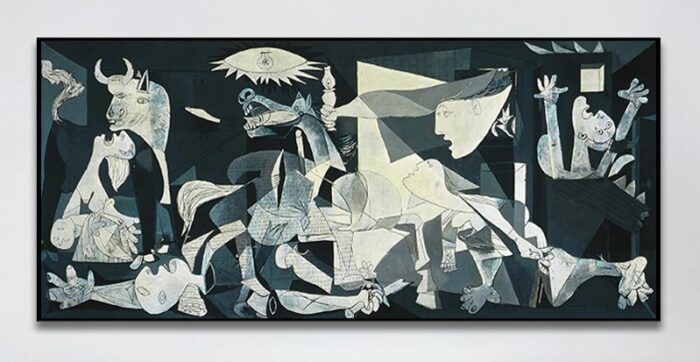
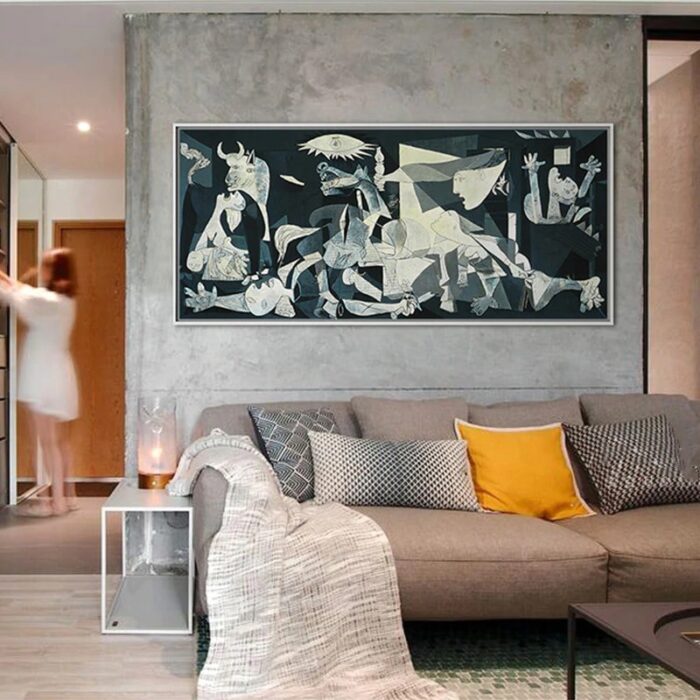






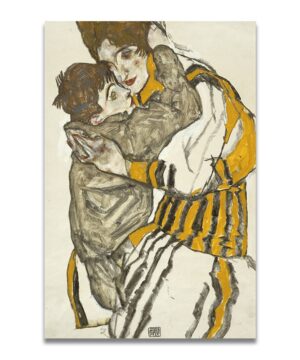
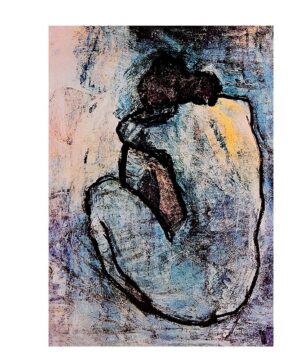
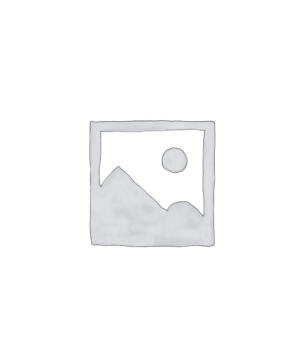
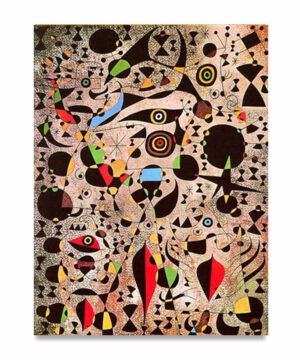
Reviews
There are no reviews yet.